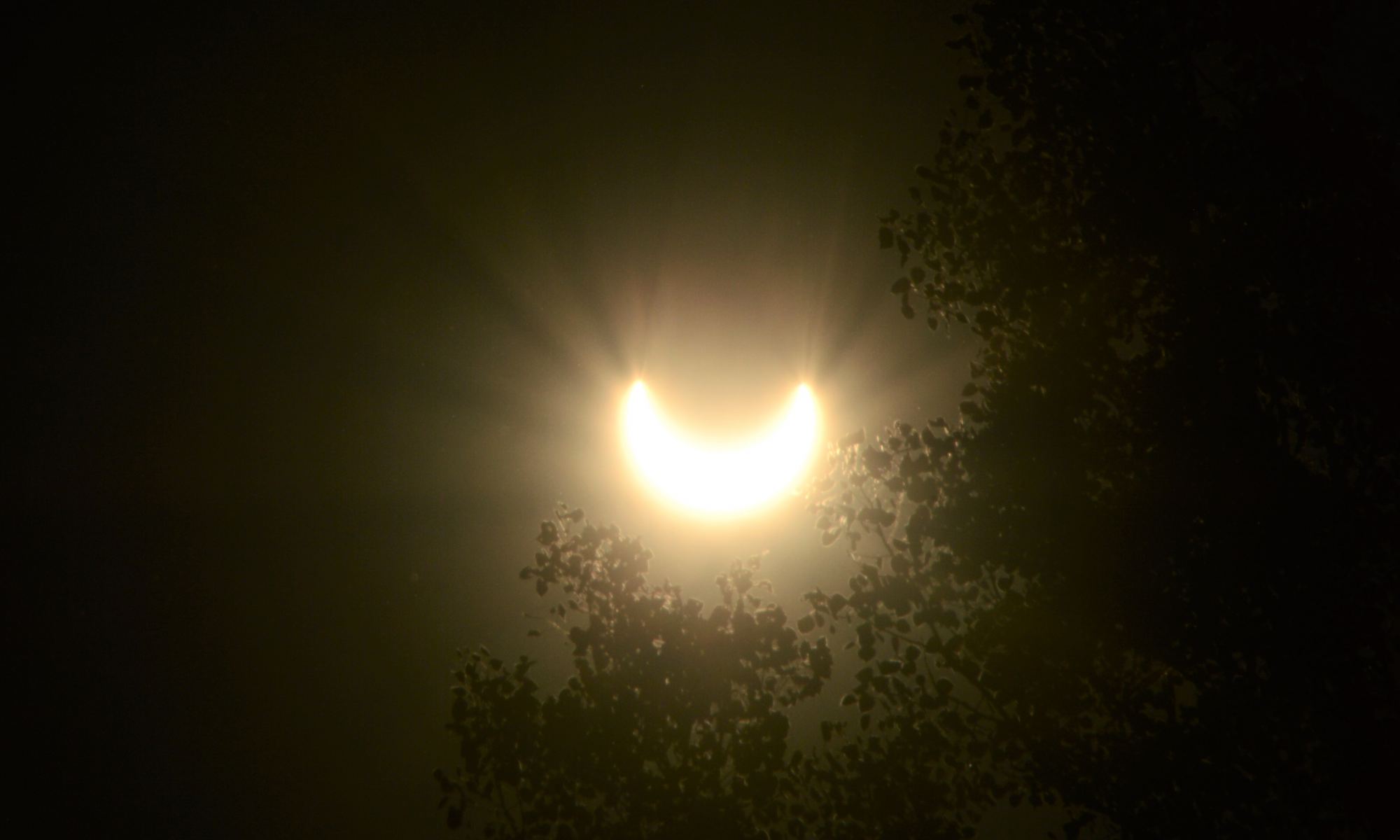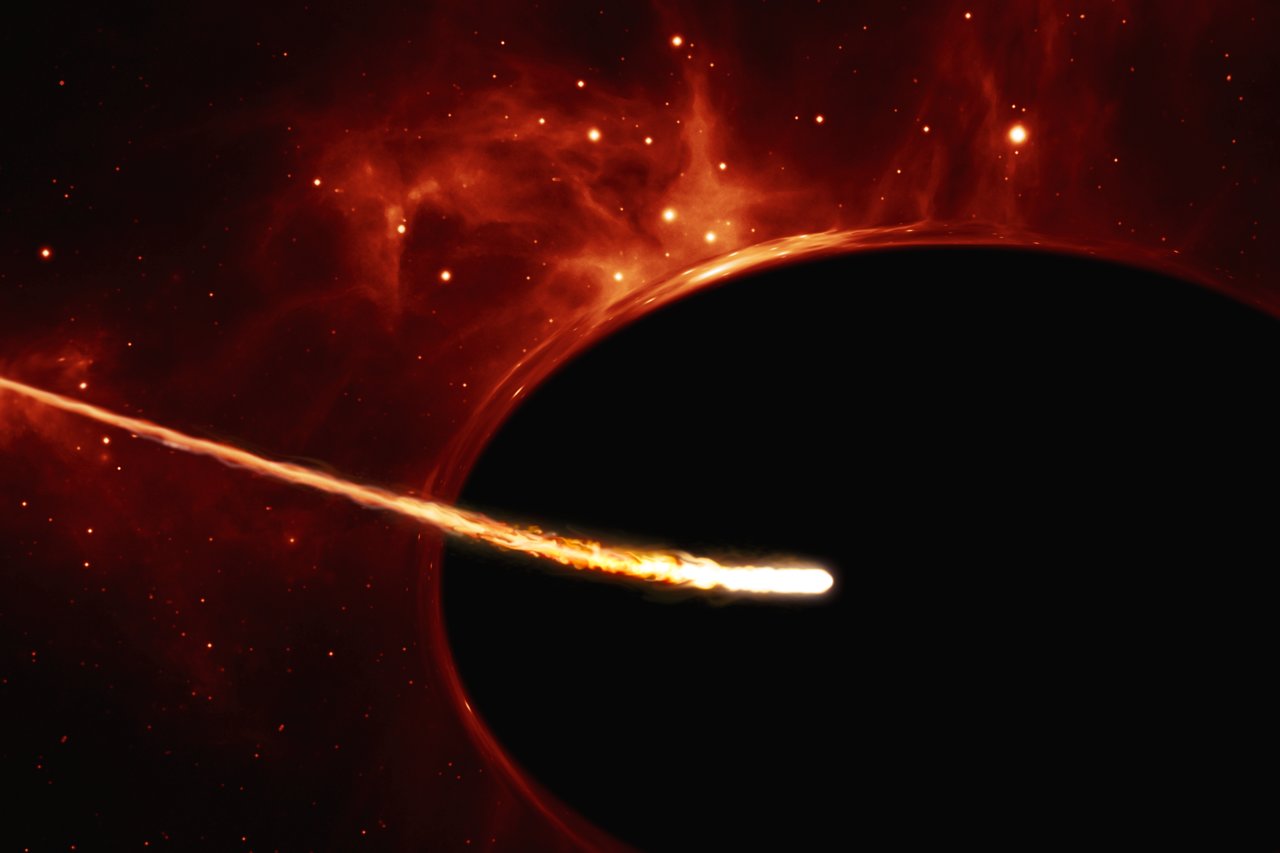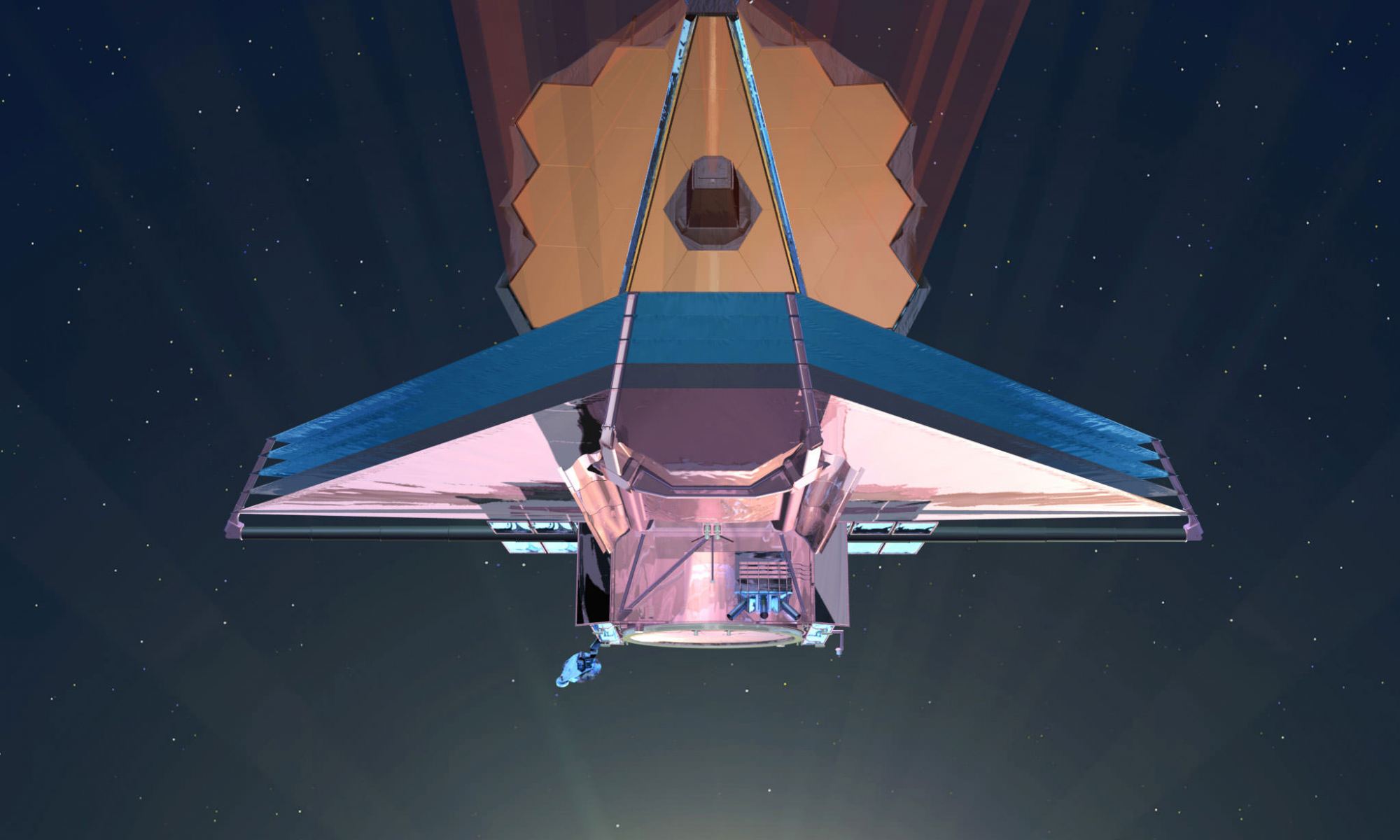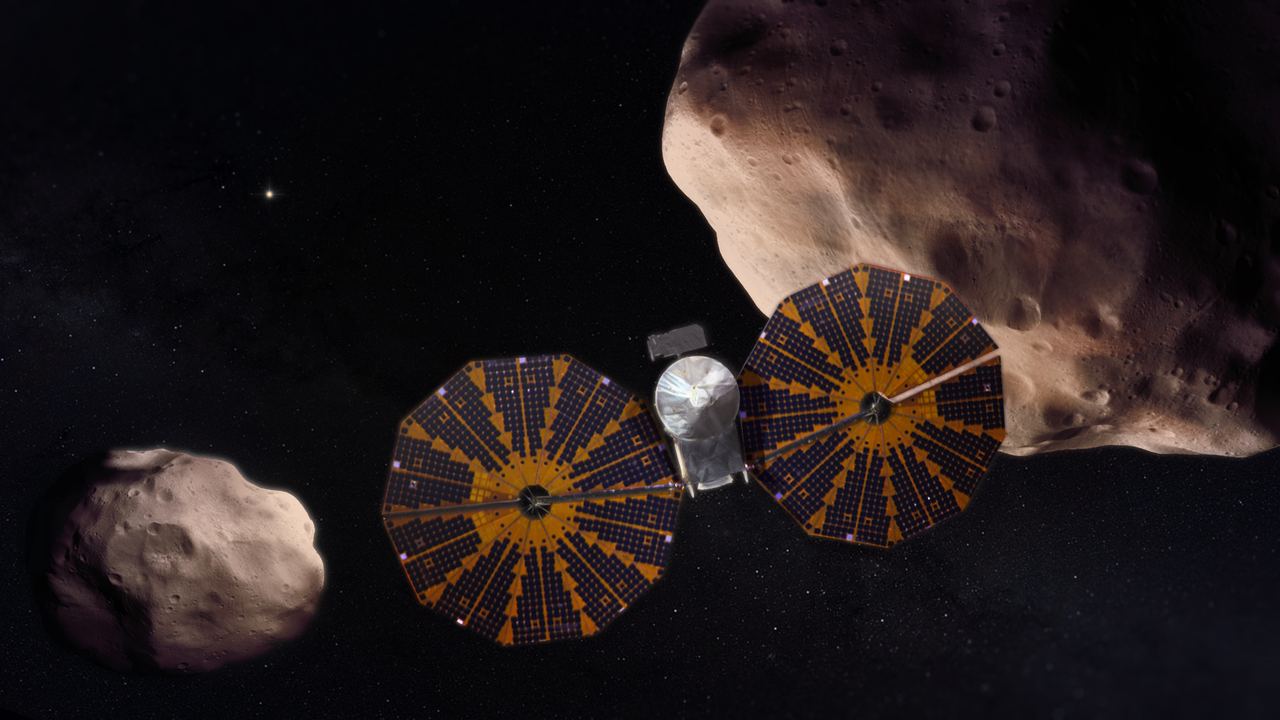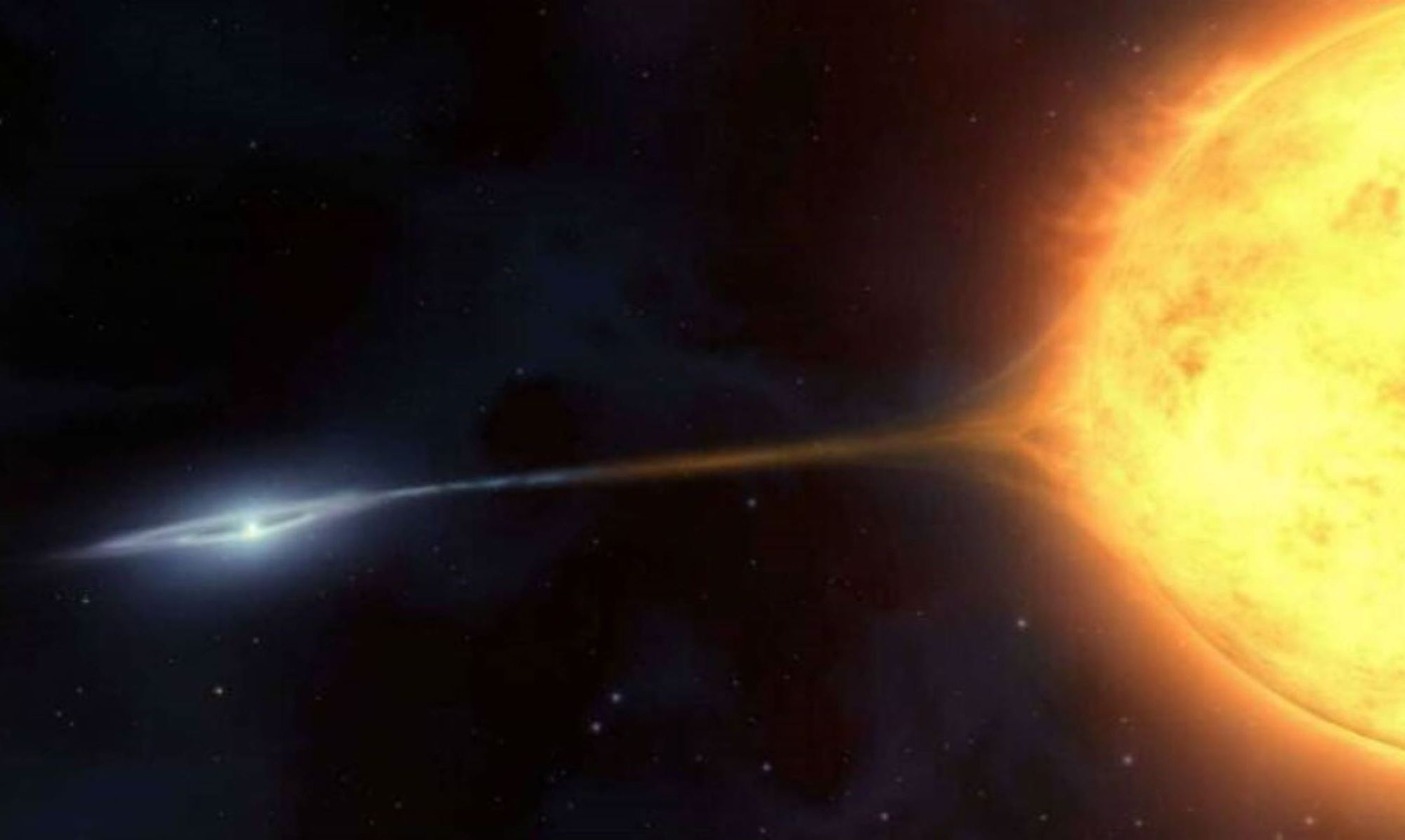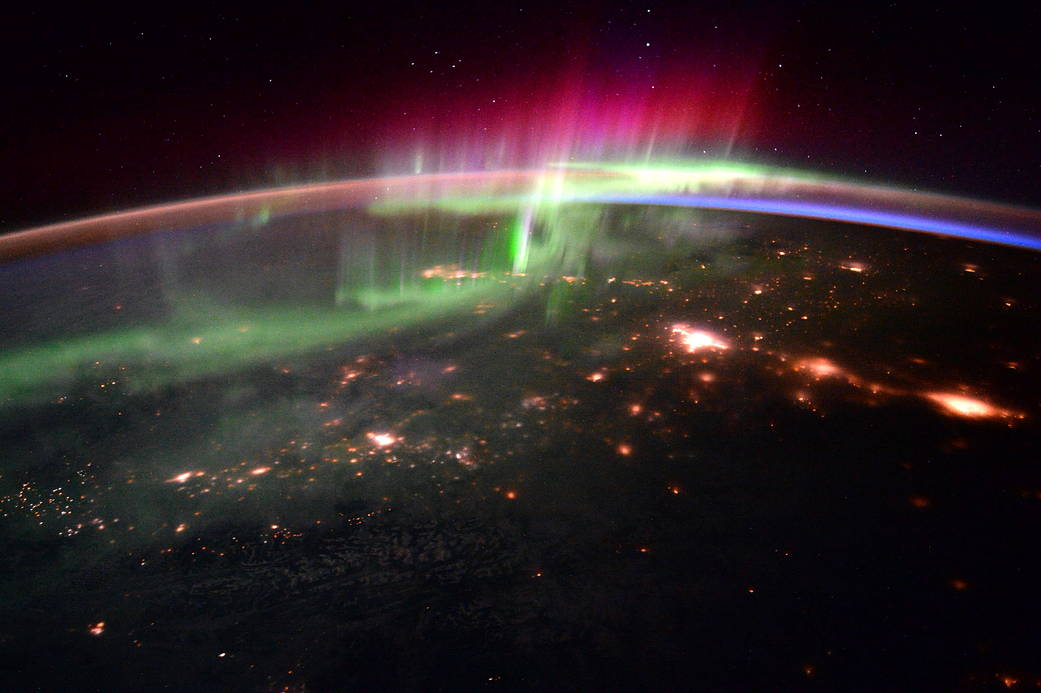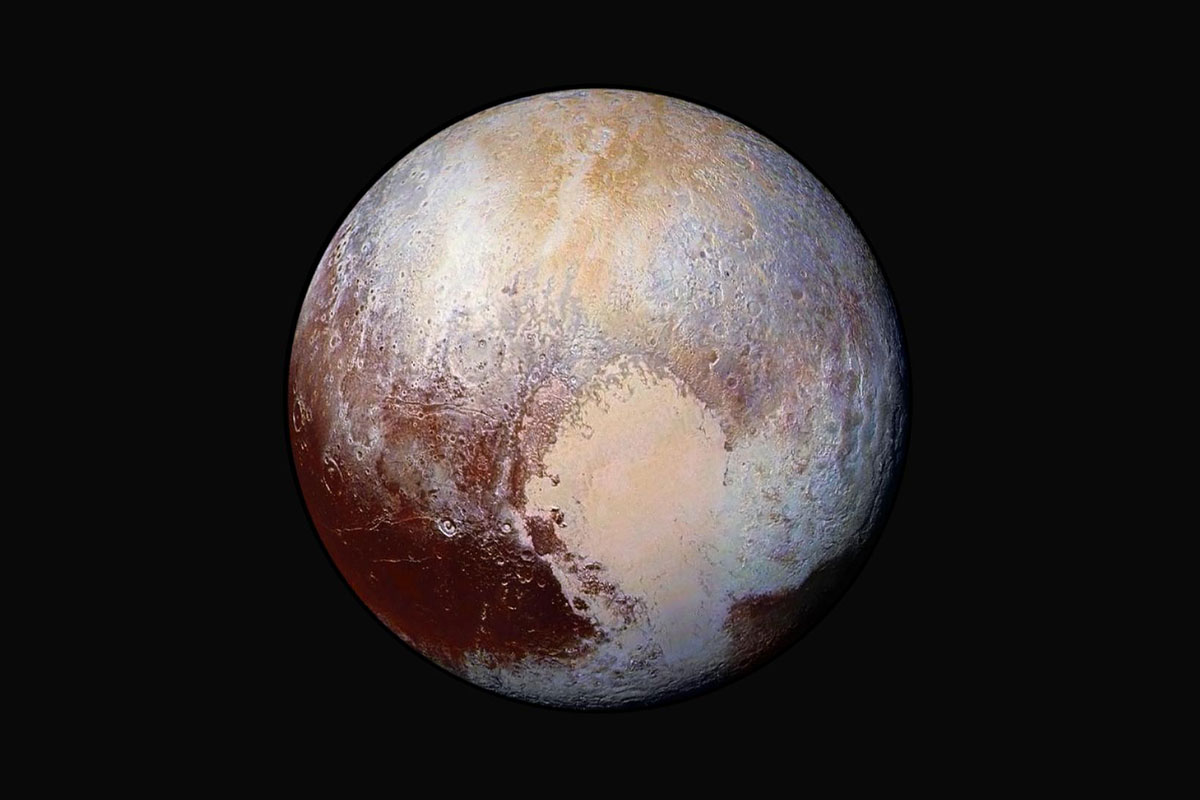In 1930, astronomer Clyde Tombaugh discovered the fabled “Ninth Planet” (or “Planet X”) while working at the Lowell Observatory in Flagstaff, Arizona. The existence of this body had been predicted previously based on perturbations in the orbit of Uranus and Neptune. After receiving more than 1,000 suggestions from around the world, and a debate among the Observatory’s staff, this newfound object was named Pluto – which was proposed by a young schoolgirl from Oxford (Venetia Burney).
Since that time, Pluto has been the subject of considerable study, a naming controversy, and was visited for the first time on July 14th, 2015, by the New Horizons mission. One thing that has been clear from the beginning is the nature of Pluto’s orbit, which is highly eccentric and inclined. According to new research, Pluto’s orbit is relatively stable over longer timescales but is subject to chaotic perturbance and changes over shorter timescales.
Continue reading “Pluto’s Orbit is Surprisingly Close to an Unstable Zone”

